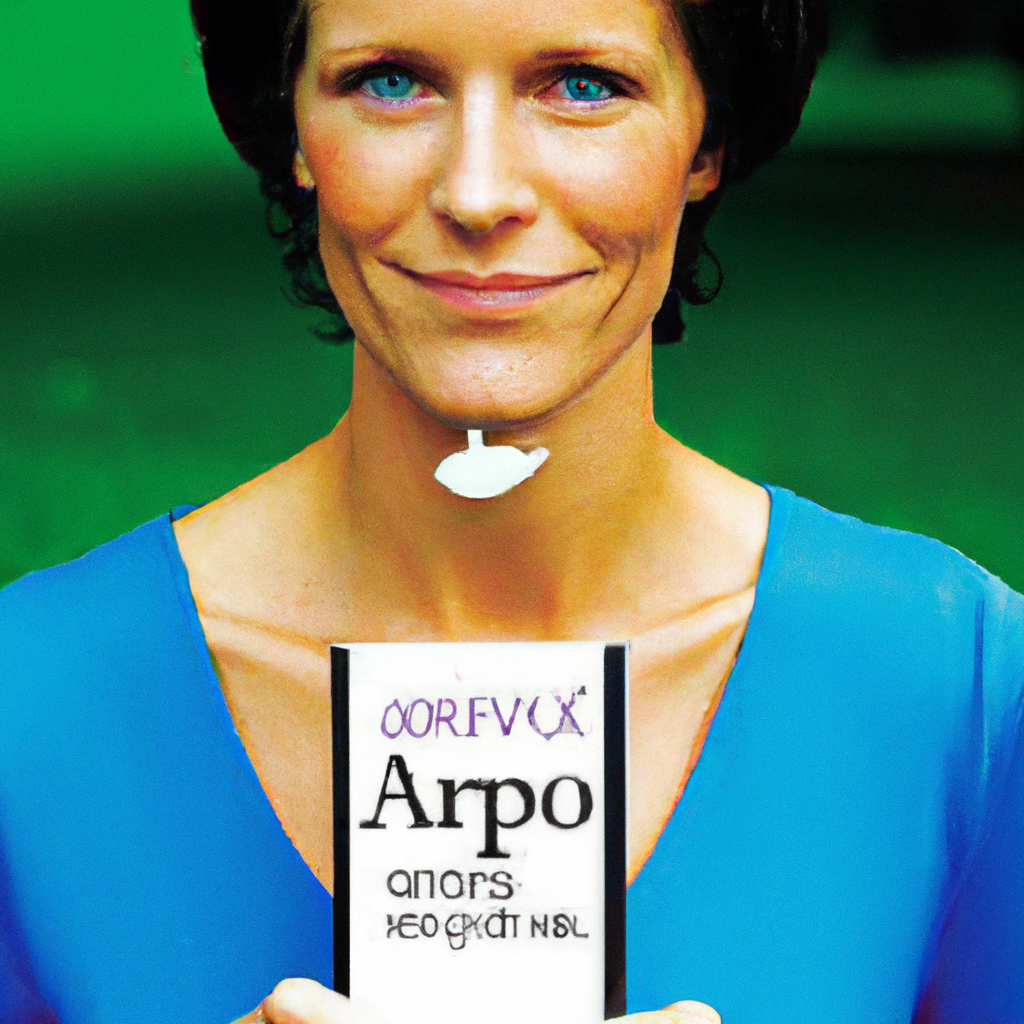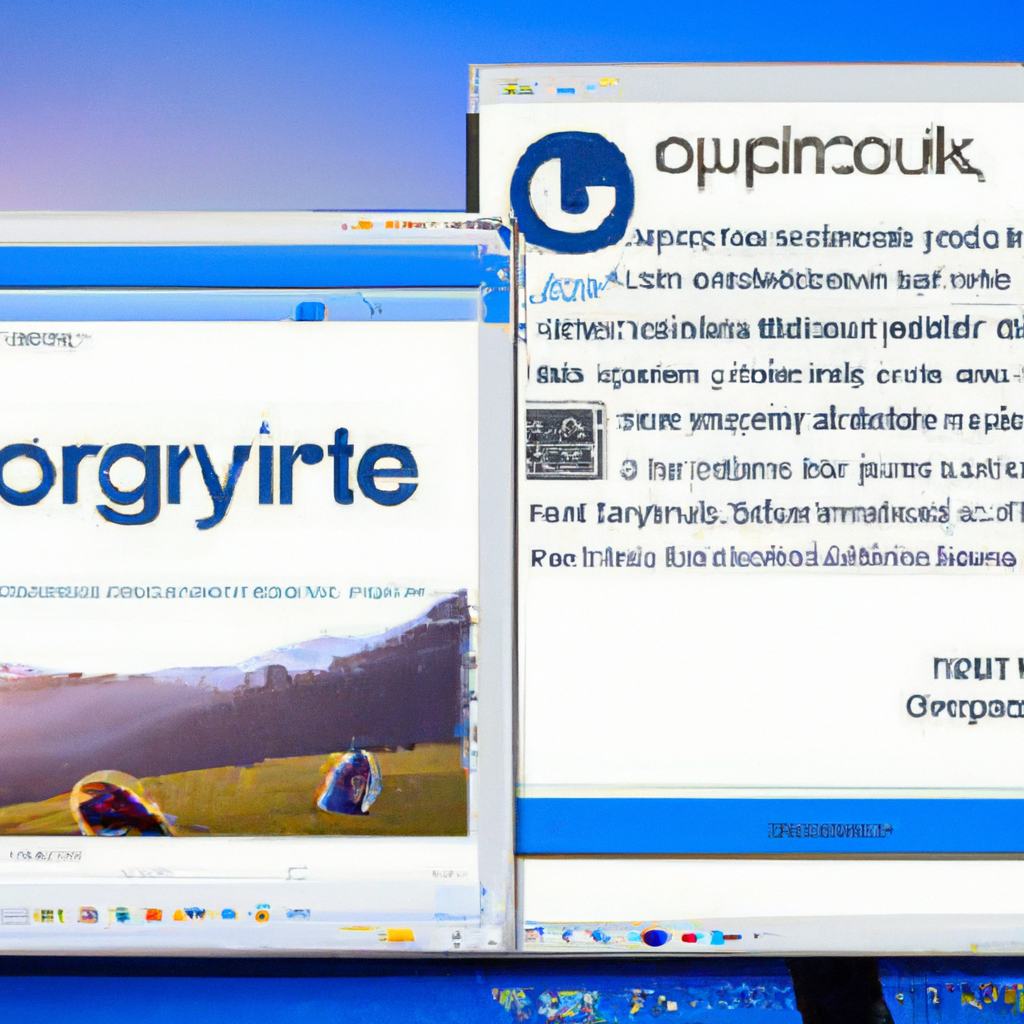Within the realm of AI-powered writing, there’s an intriguing query that arises: Are there challenges in copyright or possession when using AI within the inventive course of? As know-how continues to blur the road between human and synthetic intelligence, it’s crucial to discover the potential complexities that come up by way of mental property rights. This text will look at the intricacies of copyright and possession within the context of AI-assisted writing, shedding gentle on the fascinating challenges that writers and creators may face on this evolving panorama. So, let’s embark on this journey collectively and unpack the implications of AI in writing!
Challenges in Copyright or Possession when Utilizing AI in Writing
Introduction to AI in Writing
Synthetic Intelligence (AI) has remodeled numerous industries and is now making its presence felt within the subject of writing. AI applied sciences, reminiscent of pure language processing and machine studying, have the aptitude to generate content material that carefully mimics human writing. Whereas this development opens up new potentialities and potential in content material creation, it additionally raises a number of challenges regarding copyright and possession. On this article, we’ll discover the challenges that come up when utilizing AI in writing and talk about the implications for copyright and possession.
AI’s Function in Content material Creation
AI has confirmed to be a robust software in content material creation, offering writers with help in numerous duties, together with producing concepts, bettering grammar, and even producing total articles. With AI-powered writing instruments now available, writers can leverage these applied sciences to reinforce their productiveness and effectivity. Nevertheless, as AI turns into extra refined in producing human-like content material, questions concerning the possession and copyright of such content material come up.

Understanding Copyright and Possession
Earlier than delving into particular challenges, it’s essential to ascertain a transparent understanding of copyright and possession within the context of AI-generated content material. Copyright is a authorized safety granted to the unique creators of mental property, giving them unique rights to breed, distribute, and show their work. Possession, however, refers back to the authorized rights and obligations related to possessing mental property. These ideas lay the inspiration for addressing the challenges that AI presents within the writing panorama.
1. Potential Infringement and Plagiarism
One of many main issues when utilizing AI in writing is the potential for copyright infringement and plagiarism. With AI’s means to generate content material that carefully resembles human writing, there’s a threat that AI-generated content material may infringe upon the copyright of present works, resulting in authorized and moral implications.
1.1 AI-generated Content material and Copyright Infringement
The problem lies in figuring out whether or not AI-generated content material crosses the edge of originality required for copyright safety. Copyright legislation usually protects unique expressions of concepts, however the query arises: Can AI-generated content material be thought of unique? Since AI operates by analyzing present works and producing new content material based mostly on realized patterns, there’s debate as as to whether AI can really create one thing unique or whether it is merely producing spinoff works.
1.2 Attribution and Plagiarism Detection
Attribution is one other problem that arises with AI-generated content material. Whereas AI writing instruments can generate content material with out explicitly referencing the unique sources used, it turns into important to find out how attribution must be dealt with when utilizing AI in writing. Moreover, plagiarism detection turns into tougher as AI-generated content material might not match present sources attributable to its means to paraphrase and adapt data.

2. Figuring out Authorship and Possession
Figuring out authorship and possession turns into complicated when AI is concerned within the content material creation course of. Historically, people have been acknowledged as authors, however AI blurs the strains of authorship, elevating questions on who must be credited and who owns the AI-generated content material.
2.1 Authorized Recognition of AI as Writer
The authorized recognition of AI as an writer stays a big problem. Whereas AI can autonomously generate content material, granting it authorship rights raises philosophical and authorized dilemmas. If AI is deemed as an writer, it might doubtlessly disrupt the established copyright framework, and possession of AI-generated content material would require new rules to navigate the complexities concerned.
2.2 Rights and Possession of AI-generated Content material
Possession of AI-generated content material additionally poses challenges. Ought to the creator of the AI know-how be thought of the proprietor, or ought to the content material be handled as a collective effort, involving each the AI system and the human operator? Laws and authorized frameworks should be revisited to handle these challenges, guaranteeing equity and recognizing the contributions of all events concerned.
3. Copyright Challenges in AI-generated Works
AI-generated works current distinctive copyright challenges attributable to their nature and the processes concerned of their creation.
3.1 AI-Generated Works as ‘Works of Authorship’
For AI-generated works to be eligible for copyright safety, they need to qualify as ‘works of authorship.’ The originality and creativity required for copyright safety have to be rigorously examined within the context of AI-generated content material. Courts and legislators might have to redefine the requirements for figuring out the originality of AI-generated works, contemplating the character of AI’s contribution.
3.2 Originality and Copyright Safety
Originality is a basic requirement for copyright safety. AI-generated content material, whereas derived from present works, can produce distinctive and progressive compositions. Nevertheless, copyright legislation might have to adapt to accommodate the automated nature of AI creation and acknowledge AI’s means to include and rework present works.

4. Honest Use and Transformative Works
The honest use doctrine permits for restricted and transformative use of copyrighted works. Nevertheless, the applying of honest use turns into extra complicated when AI is concerned in creating content material.
4.1 AI-generated Content material and Honest Use Doctrine
Figuring out honest use of AI-generated content material requires consideration of things reminiscent of the aim and character of the use, the character of the copyrighted work, the quantity and substantiality of the portion used, and the impact upon the potential market. As AI techniques can produce in depth quantities of content material rapidly, evaluating the proportionality of content material used turns into an intricate activity.
4.2 Transformative Use of AI in Writing
The transformative use of AI in writing poses additional challenges. Whereas AI can help in creating distinctive content material, it will possibly additionally replicate present types and voices. Courts might want to consider the transformative nature of AI-generated content material on a case-by-case foundation, contemplating the impression in the marketplace for the unique work and the worth added by the AI system.
5. Licensing and Attribution in AI-generated Content material
Licensing and attribution are essential features of copyright and possession, and their utility turns into extra nuanced when AI is concerned.
5.1 AI Instruments and Licensing Agreements
AI writing instruments typically require customers to comply with phrases of service, granting licenses for the generated content material. The query is whether or not these licenses adequately tackle the rights and obligations of all events concerned, together with the AI system itself. As the usage of AI in writing turns into extra prevalent, it’s important for licensing agreements to be clear, clear, and tailored to handle the particular challenges related to AI-generated content material.
5.2 Challenges in Attribution of AI-generated Content material
Attribution turns into difficult when AI performs a big position in content material creation. Whereas people might fine-tune content material generated by AI, the AI system itself might contribute considerably to the ultimate output. Figuring out how attribution must be given to each people and AI techniques entails cautious consideration of their respective contributions and recognition of their rights.

6. Worldwide Copyright Legal guidelines and AI
Worldwide copyright legal guidelines differ, and addressing AI-generated content material inside these frameworks presents its personal set of challenges.
6.1 Variances in Worldwide Copyright Legal guidelines
Completely different nations have completely different copyright legal guidelines, which poses an issue in terms of AI-generated content material. As AI doesn’t function inside nationwide boundaries, harmonization efforts should be emphasised to make sure constant recognition and safety of copyright throughout jurisdictions.
6.2 Harmonization Efforts for AI-generated Content material
Efforts in the direction of harmonization of worldwide copyright legal guidelines concerning AI-generated content material should goal to strike a stability between defending the rights of content material creators and fostering innovation. Collaboration amongst nations and organizations is important to ascertain requirements and agreements that facilitate the authorized and moral use of AI in writing.
7. IP Safety and AI-generated Content material
Mental property (IP) safety performs an important position in addressing challenges associated to AI-generated content material.
7.1 Patents and AI in Writing
Patents may be notably related in defending AI applied sciences utilized in writing. Improvements in AI that contribute to the inventive course of could also be eligible for patent safety, guaranteeing that the creators of such applied sciences keep their rights and are incentivized to proceed creating AI instruments for the writing trade.
7.2 Commerce Secrets and techniques and AI-generated Content material
Commerce secrets and techniques are one other type of IP safety that may be utilized to safeguard AI-generated content material. Firms investing in AI know-how for writing functions might select to maintain their algorithms, fashions, or datasets as commerce secrets and techniques, affording them a aggressive benefit whereas sustaining management over their proprietary know-how.

8. Legal responsibility and Accountability in AI-generated Writing
Legal responsibility and accountability are essential issues when addressing the challenges posed by AI-generated writing.
8.1 Attribution and Legal responsibility for Infringement
Figuring out legal responsibility for copyright infringement involving AI-generated content material turns into complicated. Obligation and applicable attribution have to be established, contemplating the position of AI techniques as creators or instruments, and the involvement of human operators. A transparent framework is important to handle legal responsibility issues and guarantee accountability in instances of copyright infringement.
8.2 Authorized Duty for AI-generated Content material
Establishing obligation for AI-generated content material raises moral and authorized questions. As AI techniques turn out to be extra autonomous, the necessity to assign accountability turns into extra urgent. Legislators and courts face the problem of adapting present authorized frameworks to accommodate AI’s position in writing, all whereas preserving the integrity of copyright legislation.
9. Addressing Copyright Challenges By means of Coverage and Regulation
Addressing the copyright challenges related to AI in writing requires the formulation of applicable insurance policies and rules.
9.1 Establishing Tips for AI in Writing
Clear tips and moral issues for utilizing AI in writing have to be established to handle potential copyright challenges. These tips ought to cowl areas reminiscent of attribution, content material utilization, and compliance with copyright legal guidelines, offering writers and AI system builders with a framework to make sure accountable and authorized use of AI applied sciences.
9.2 Legislative Measures for Copyright Safety
Legislative measures must be thought of to adapt copyright legal guidelines to the evolving panorama of AI-generated content material. Collaboration amongst lawmakers, authorized specialists, and trade stakeholders is essential to make sure that copyright protections are ample within the face of technological developments. Such measures ought to strike a stability between incentivizing innovation and defending creators’ rights.
10. Implications for the Way forward for AI in Writing
The challenges mentioned on this article have far-reaching implications for the way forward for AI in writing.
10.1 Balancing Innovation and Copyright Safety
As AI applied sciences proceed to advance, balancing innovation and copyright safety turns into paramount. Putting the correct stability ensures that AI’s potential for enhancing creativity and productiveness doesn’t infringe upon the rights of content material creators. Harmonizing authorized frameworks and establishing tips will facilitate this stability, permitting for continued innovation within the subject of AI in writing.
10.2 Potential Options and Greatest Practices
To handle the challenges highlighted on this article, the institution of finest practices and options is essential. Collaboration amongst stakeholders, together with writers, builders, authorized specialists, and policymakers, is important to plan complete options that defend copyright and possession rights whereas harnessing the complete potential of AI in writing. Embracing transparency, accountability, and accountable AI use will pave the best way for a future the place AI and human creativity can coexist harmoniously.
In conclusion, using AI in writing brings forth an array of challenges by way of copyright and possession. These challenges embody potential infringement and plagiarism, figuring out authorship and possession, copyright safety for AI-generated works, honest use and transformative works, licensing and attribution, worldwide copyright legal guidelines, IP safety, legal responsibility, and accountability. These challenges require cautious consideration, coverage formulation, and authorized adaptation to make sure that the combination of AI in writing stays progressive, honest, and respectful of mental property rights. By addressing these challenges, we are able to foster an atmosphere the place AI and writing coexist, unlocking new potentialities whereas upholding the integrity of copyright and possession.

